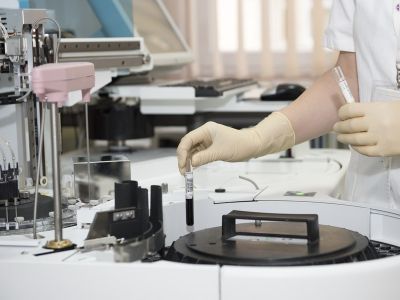The human body contains hundreds of different types of cells, with stem cells working like blank canvases that can be adapted and reproduced to help our tissues grow and repair themselves. However, once hijacked, the same kind of cell proliferation can be damaging, as happens in cancer tumors.
Scientists have now discovered a new resting phase for neuroepithelial cells — the stem cells of the central nervous system — which appears to put them in a kind of dormancy. If we can work out how to apply this to cancer cells too, we could get to the stage of being able to put brain tumors to ‘sleep’.
“The primary feature of any cancer is that the cells are proliferating,” says biomedical engineer Christopher Plaisier, from Arizona State University. “If we could get in there and figure out what the mechanisms are, that might be a place to slow them down.”








